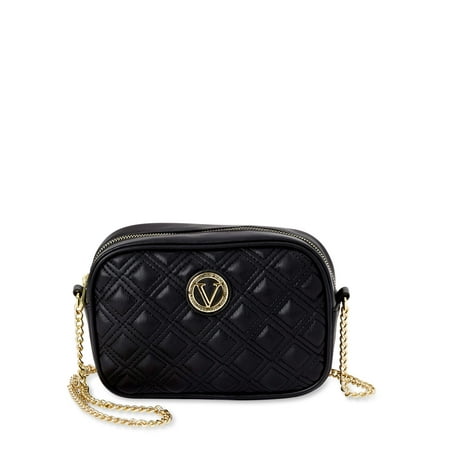Mini Camera Bag – Coach Outlet
Our refined leather Mini Camera bag is an easy silhouette that unzips to reveal a roomy compartment.
- Refined pebble leather
- Two credit card slots
- Inside multifunction pocket
- Zip closure, fabric lining
- Outside open pocket
- Adjustable strap with 23″ drop for shoulder or crossbody wear
- 7 1/4″ (L) x 5 1/4″ (H) x 2″ (H)
- Style No. 87734
Additional information
| Dimension | 7 1/4" (L) x 5 1/4" (H) x 2" (H) |
|---|






by Gibson
I was looking for something smaller than the bag I was using. I thought I measured correctly, but the bag is just an inch too small, everything is squeezed in (I have keys, small wallet, large cell phone Galaxy Note 20 Ultra) Otherwise it’s a nice bag. It’s my fault for not measuring well.